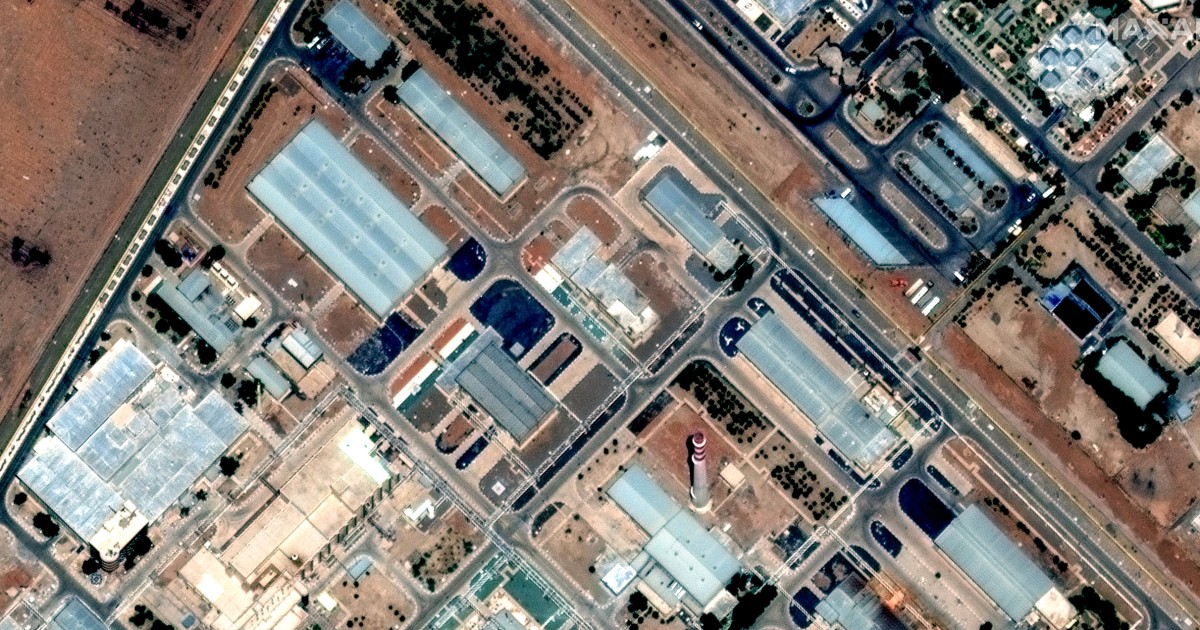What Happened
On June 21, 2025, President Donald Trump announced via social media that the United States had conducted airstrikes on three Iranian nuclear sites: Fordow, Natanz, and Isfahan. This marked the first direct military attack by the U.S. on Iran, escalating tensions in an ongoing conflict that had intensified following Israeli airstrikes on Iranian targets earlier in the month. Trump described the operation as “very successful,” stating that all U.S. aircraft had safely exited Iranian airspace after completing their mission.
The strikes were part of a broader military engagement involving Israel, which had been conducting its own attacks on Iranian military facilities. Following the U.S. strikes, Iranian state media confirmed the attacks on the Fordow facility, and Iranian officials claimed that the sites had been evacuated prior to the bombings, asserting that no radioactive materials were present at the time.
Key Details
- Date of Strikes: June 21, 2025
- Targeted Sites: Fordow, Natanz, and Isfahan nuclear facilities in Iran.
- U.S. Military Assets: The operation involved American B-2 stealth bombers, capable of carrying the GBU-57 Massive Ordnance Penetrator (MOP), a weapon designed for penetrating hardened targets.
- Trump’s Statements: Trump characterized the operation as a historic moment for the U.S., Israel, and the world, urging Iran to end its nuclear ambitions.
- Reactions: Republican lawmakers expressed support for the strikes, framing them as necessary to counter the Iranian regime’s nuclear threat. Notable supporters included Senators Lindsey Graham and Ted Cruz.
Multiple Perspectives
The announcement of the U.S. strikes has elicited a range of responses. Supporters of the action, including several Republican senators, argue that it was a necessary step to prevent Iran from acquiring nuclear weapons, which they view as a direct threat to U.S. national security and that of its allies. For instance, Senator Ted Cruz stated that the Iranian regime poses “the most acute immediate threat to America and our allies.”
Conversely, critics of the strikes express concern about the potential for escalating violence and retaliatory actions from Iran. Tommy Vietor, a former National Security Council spokesperson, warned that Iran might retaliate against U.S. interests, suggesting that the strikes could provoke unpredictable consequences. This sentiment is echoed by various analysts who caution that military actions could lead to a broader conflict in the region.
Iran’s official response has been one of condemnation, with officials promising retaliation for the attacks. The Iranian government has historically maintained that its nuclear program is for peaceful purposes, and the strikes are seen as an infringement on its sovereignty.
Context & Background
The U.S. strikes come amid heightened tensions between Iran and Israel, which have been engaged in a series of military exchanges over the past weeks. Israel has conducted airstrikes targeting Iranian military assets and personnel, citing concerns over Iran’s nuclear capabilities and its support for militant groups in the region. The backdrop of these events includes long-standing geopolitical rivalries and the complex dynamics of Middle Eastern politics.
The Fordow facility, in particular, is significant due to its status as one of Iran’s most fortified nuclear enrichment sites, located underground and believed to be resistant to conventional bombing. The U.S. involvement in this conflict marks a notable shift in its military posture towards Iran, which has been a contentious issue in U.S. foreign policy for decades.
What We Don’t Know Yet
As the situation continues to develop, several uncertainties remain. The full extent of the damage caused by the U.S. strikes on the Iranian facilities has yet to be assessed, and the potential for Iranian retaliation is a significant concern. Additionally, the implications of this military action for U.S.-Iran relations and broader regional stability are still unclear.
There is also a lack of detailed information regarding the types of munitions used in the strikes and their specific impacts on the targeted facilities. Furthermore, the international community’s response to the escalation, particularly from countries involved in the Iran nuclear deal, remains to be seen. As the situation evolves, ongoing monitoring of developments will be crucial to understanding the broader implications of these military actions.


